Collodion printing-out paper (POP) met with limited commercial success until it began to be manufactured by the Obernetter family in Germany in the mid-1880s.
Collodion printing-out paper included a baryta layer that was a milestone in the evolution of photographic materials. “Baryta” refers to a combination of barium and strontium sulfates that brightens images by scattering light back through the silver image layer. The baryta layer also prevents impurities from the paper fibers from contaminating the silver layer. With this addition to the paper support, prints were smoother, whiter, and glossier than those made on albumen-coated paper, which soon fell from favor. Many different companies offered precoated printing-out papers, including Kodak and Ilford. Trade names for these papers included Aristo and Solio.
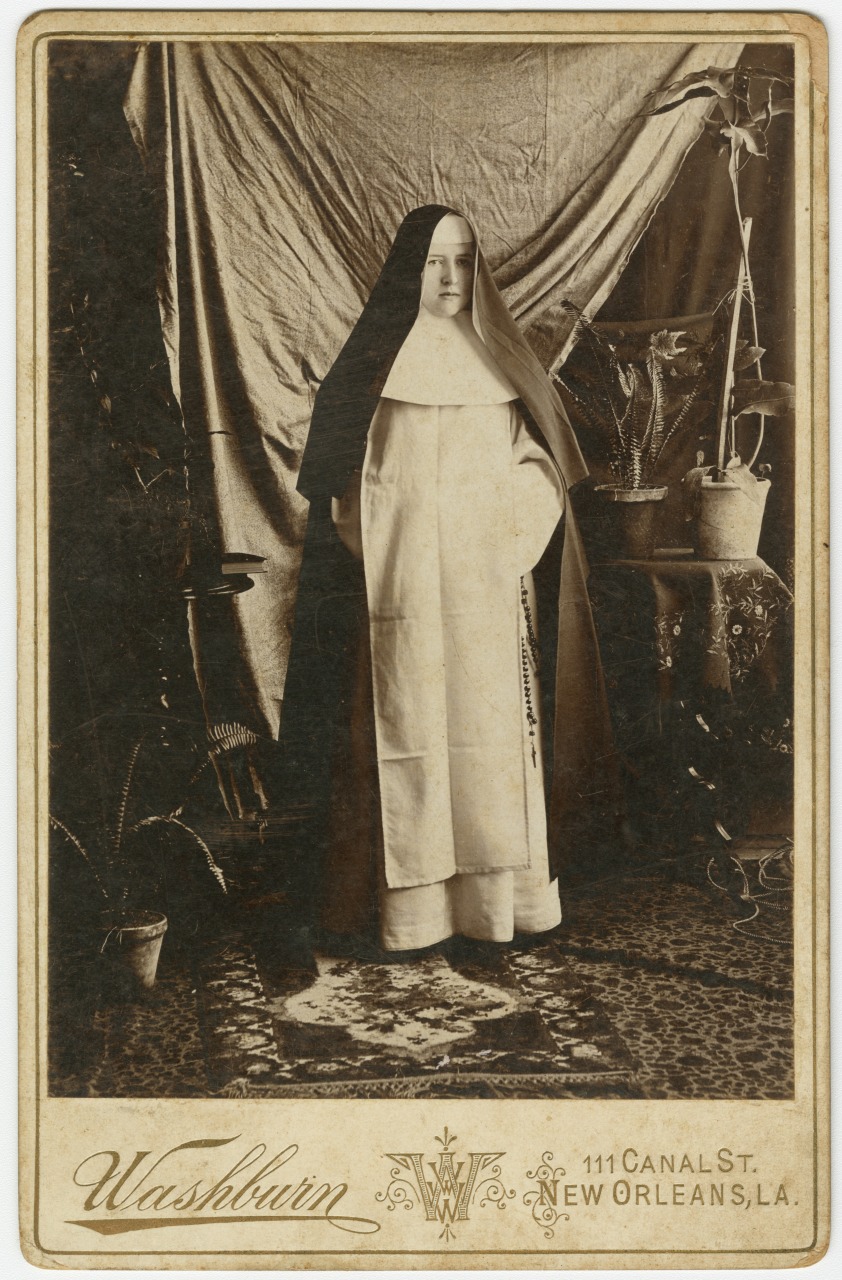
Dominican nun
collodion printing-out paper; between 1889 and 1904
by William W. Washburn
The Historic New Orleans Collection, gift of St. Mary’s Dominican College, 1984.205.39
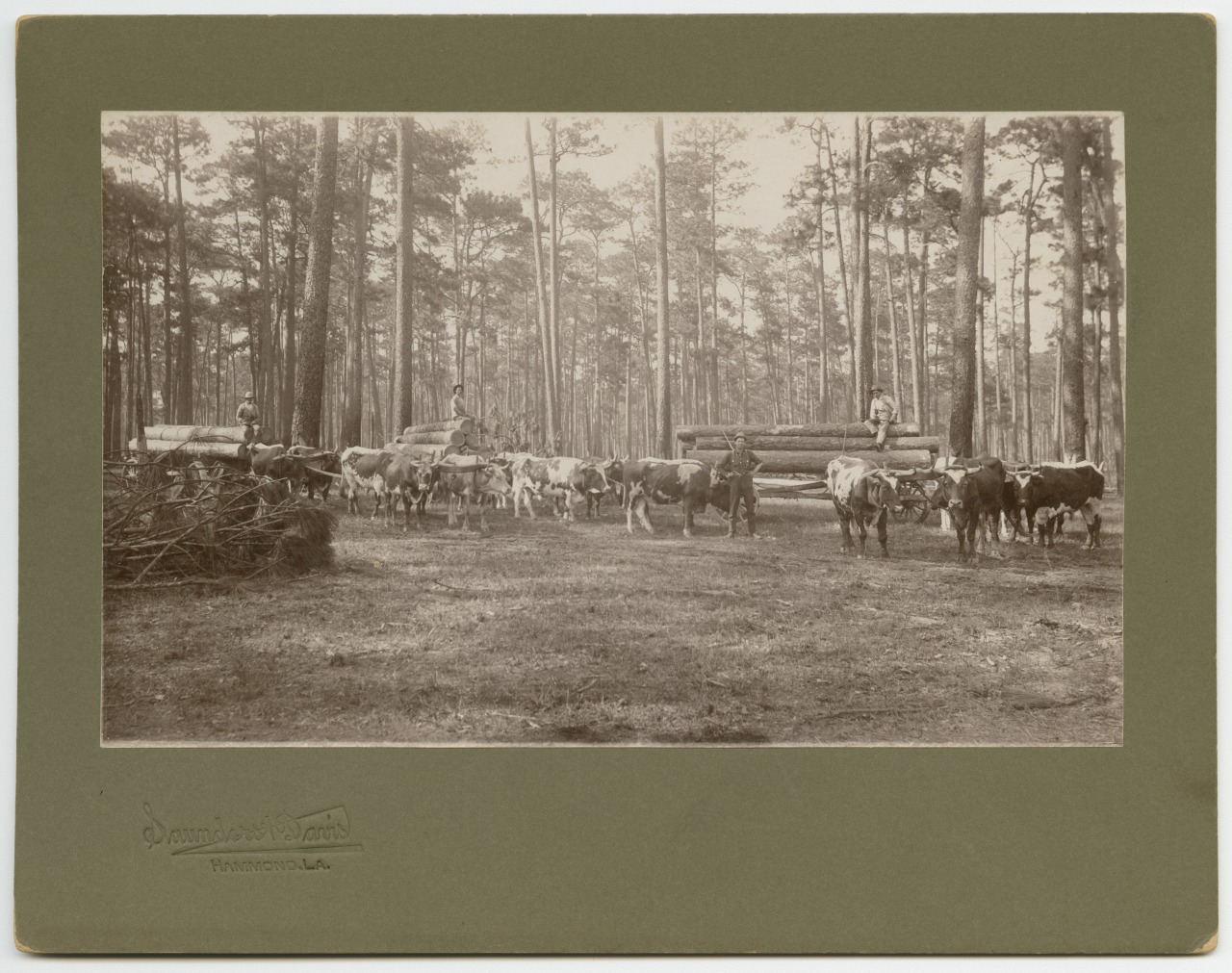
Logging, Hammond, La.
collodion printing out-paper; February 15, 1903
by Saunders and Davis
The Historic New Orleans Collection, 1980.24.1
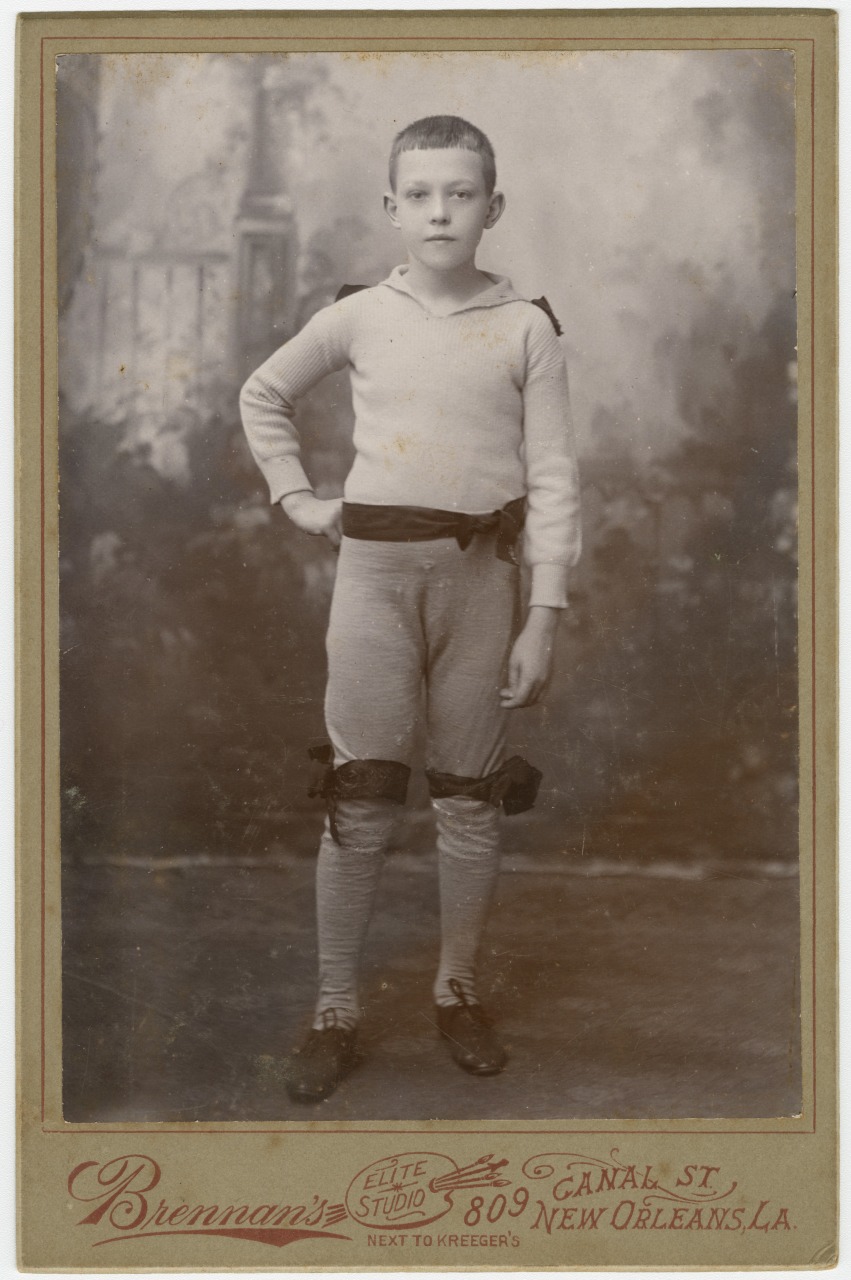
Thomas Cripps Williams
collodion printing-out paper; 1899
by Brennan’s Elite Studio
The Historic New Orleans Collection, 1993.76.146
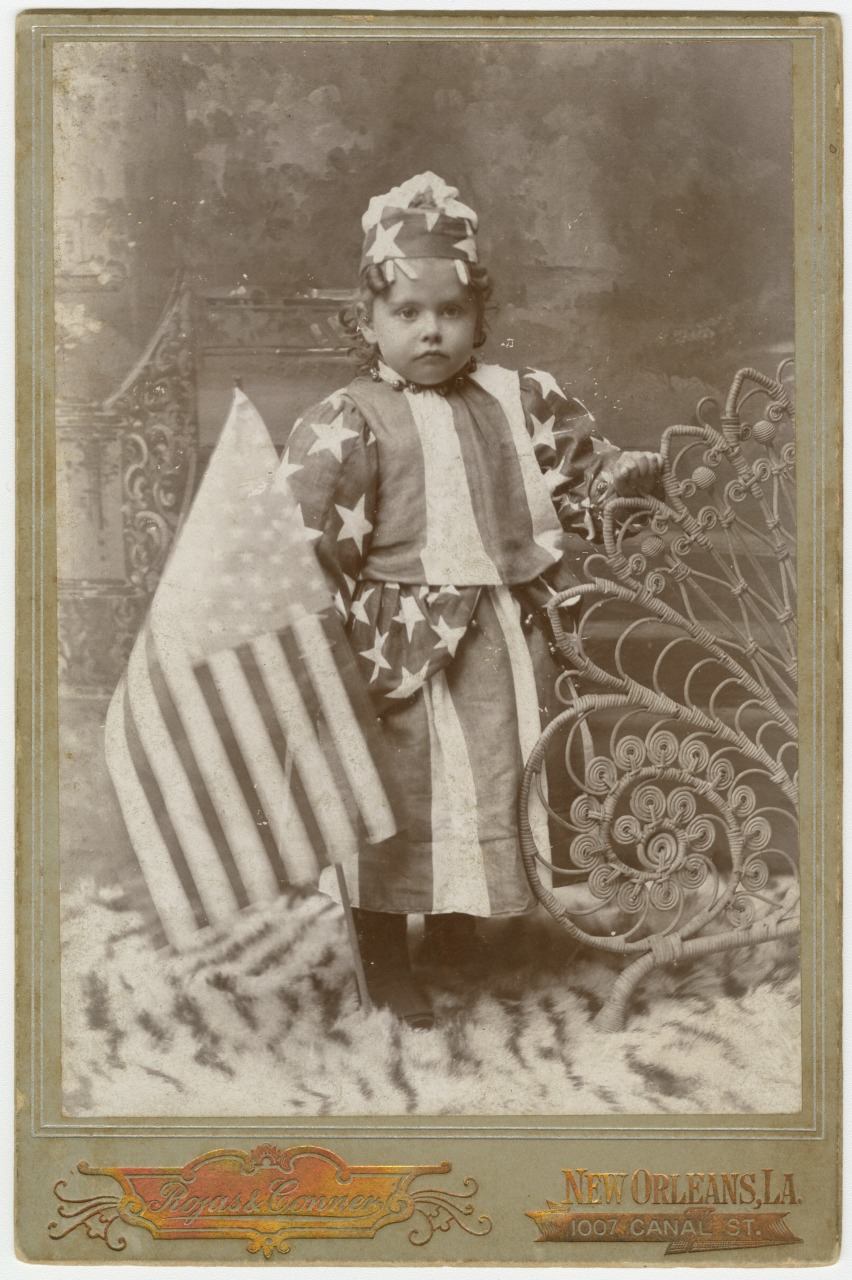
Edna E. Maier in Mardi Gras costume
collodion printing-out paper; 1898
by Rojas and Conner
The Historic New Orleans Collection, 1981.238.7
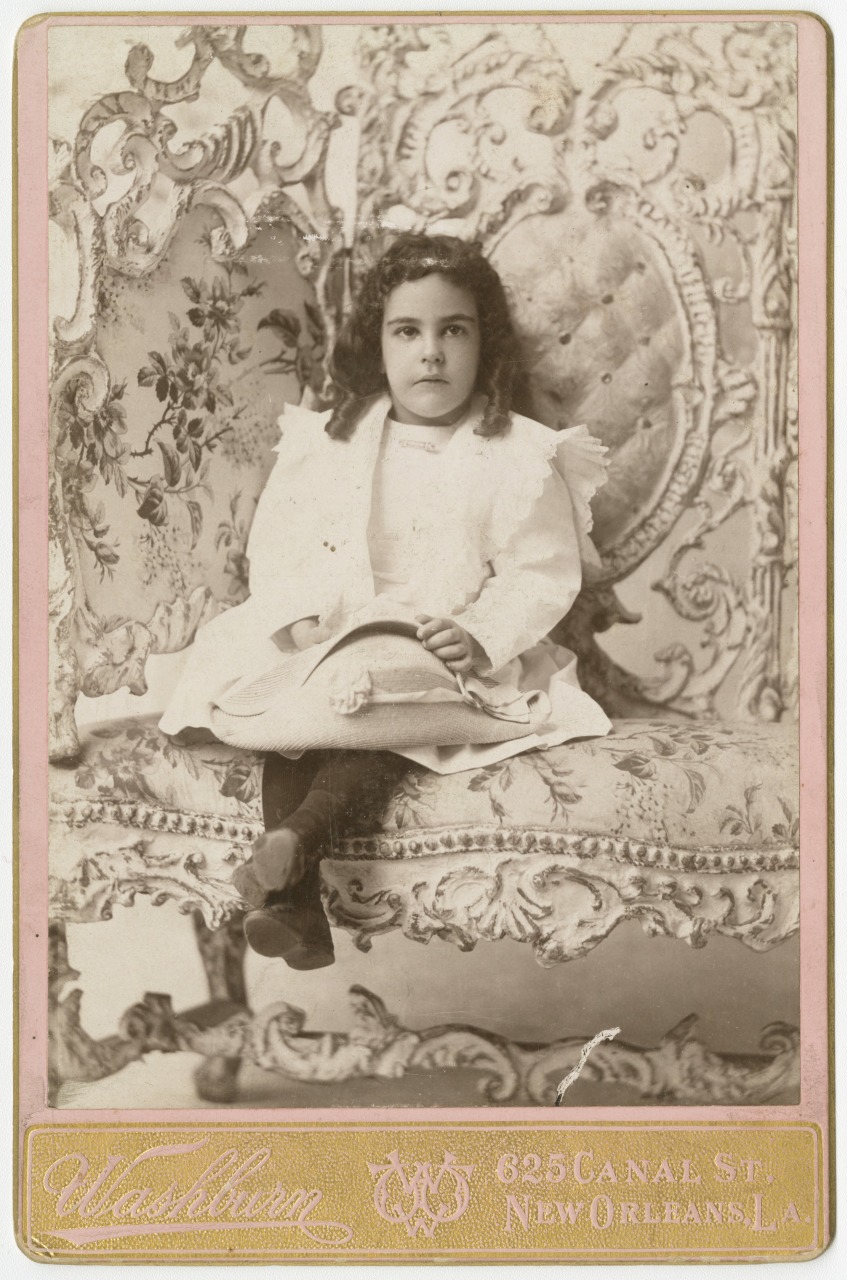
Portrait of a child
collodion printing-out paper; 1895
by William W. Washburn
The Historic New Orleans Collection, 1979.361.27
